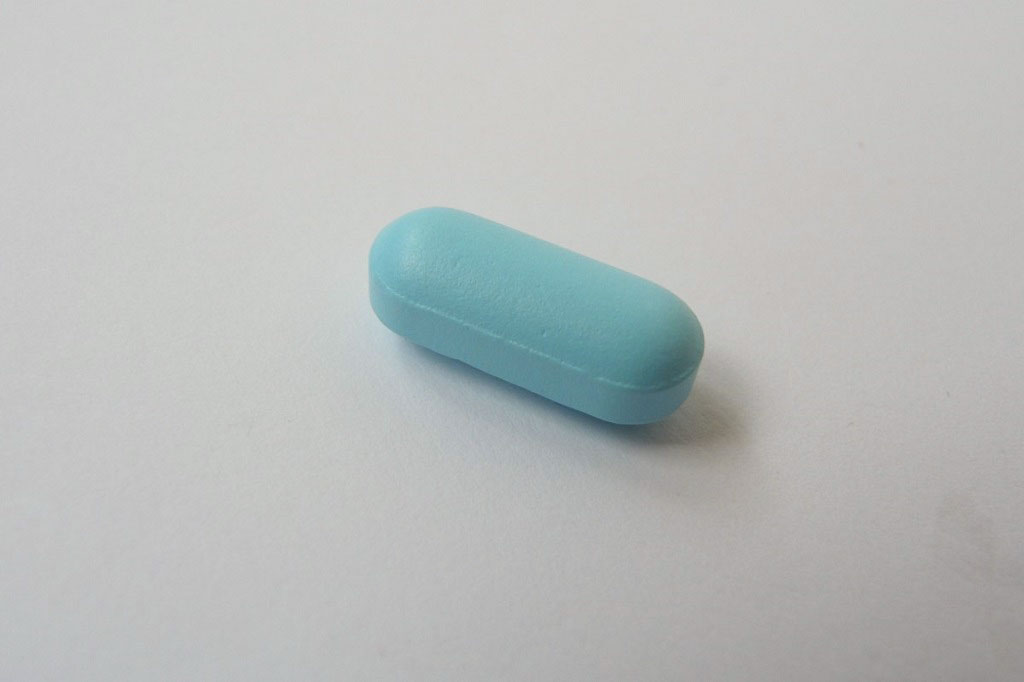Postnatal depression hits one in seven mothers
Heart and lungs
As many as one in seven women could have postnatal depression, The Daily Telegraph reports, citing one of the largest screening studies of the condition carried out in recent times. US researchers interviewed...
As many as one in seven women could have postnatal depression, The Daily Telegraph reports, citing one of the largest screening studies of the condition carried out in recent times.
US researchers interviewed 10,000 women and screened them for postnatal depression (PND) four to six weeks after giving birth. From this telephone interview, the researchers invited women whose answers suggested possible postnatal depression to take part in a more in-depth interview.
They found that 14% of the women screened positive for possible PND, a figure that corresponds with UK estimates. Of those women, 19.3% had also thought about self-harming.
As would be expected, depression was the most common diagnosis, but surprisingly around one in five women who screened positive for PND were also found to have bipolar disorder.
In the UK, all women are screened for depression in their early antenatal check-ups and postnatal visits. They are asked questions to see if they may have, or are at risk of, mental health problems. At-risk women are assessed further to make sure they receive the care they need.
Where did the story come from?
The study was carried out by researchers from the University of Pittsburgh and was supported by a grant from the US National Intitutes of Health.
It was published in the peer-reviewed Journal of the American Medical Association (JAMA) Psychiatry.
The Telegraph's reporting of the study is accurate and contains useful information about bipolar disorder from a UK specialist. Bipolar disorder is a condition where periods of low mood (depression) alternate with periods of highly elevated mood (mania). Between one and three people out of 100 are estimated to have the disorder.
Dr Ian Jones is quoted as saying, "It's important to make the distinction between those who have bipolar disorder and those who don't, because the treatments are different."
What kind of research was this?
This was a case series of 10,000 women who were screened for depression four to six weeks after giving birth. The researchers wanted to see how common depression is and identify other features of the condition. These included:
- the timing of onset of depression
- whether they had thoughts of self-harm
- whether they had symptoms suggestive of mental health conditions in addition to postnatal depression
The researchers report that previous research has suggested that 21.9% of women are affected by depression in the first year after giving birth.
Questions remain about the value of the routine screening of all women and whether it improves diagnosis, treatment and outcomes. Some US states currently have universal postnatal depression screening. There remains conflicting opinion about whether there should be a firm nationwide recommendation for this in the US.
In the UK, there is not a national screening programme for postnatal depression as such. However, GPs and midwives are advised to identify women who may be at risk by asking screening questions in the antenatal and postnatal periods. If the answers to these questions suggest that the woman may have depression or could be at risk of having depression, further monitoring or assessment may then be carried out.
The most common way this is done in the UK and US is by using the Edinburgh postnatal depression scale (EPDS). Other tools, such as the hospital anxiety and depression scale (HADS), are used to identify which women need care, as well as to help doctors decide on the best form of treatment.
What did the research involve?
The research was conducted at the University of Pittsburgh's Magee-Womens Hospital. Women who gave birth to a live baby were visited by a nurse or social worker on the maternity ward and given information about postnatal depression. They were then offered screening by telephone at four to six weeks after giving birth. The screening involved the EPDS, which was administered over the telephone by college students or graduates trained to deliver it.
Women who screened positive (a score of 10 or more on the EPDS) were offered a home visit (within two weeks) for a further mental health assessment. Women who declined this were offered a fuller telephone assessment to see if they had depression. Any woman who had a very high screening score (20 or more), or who responded anything other than 'never' to the question, "The thought of harming myself has occurred to me", was immediately assessed.
The researchers report that the developers of the EPDS suggested two screening cut-off scores:
- 10 if the woman lived in an area with good healthcare resources and services
- 13 if she lived in an area with poorer healthcare resources and services
They also looked at the number of women screening positive using these different cut-offs.
What were the basic results?
A total of 17,601 women were approached and offered screening. About three-quarters of these women (10,000) actually underwent screening. Using the cut-off score of 10, a total 1,396 women (14%) screened positive and were offered a home assessment (using the higher cut-off score of 13 or more, only 7% would have screened positive).
Of these 'screen-positive' women, 59.2% (826) completed the home visit and 10.5% (147) completed a fuller telephone interview. This means that 30.3% of screen-positive women (423) received no further assessment.
Women who screened positive were more likely to be younger, African-American or another minority group, single and less well educated.
Among the 826 screen-positive women who received home visits, the researchers found most episodes began after delivery (40.1%), around a third developed during pregnancy (33.4%), and in around a quarter depression symptoms developed before pregnancy (26.5%).
In the whole sample of 10,000 women screened, 3.2% had thoughts of self-harm. The women who thought about self-harming the most often were all picked out by the screening using an EPDS score of 10 or more. Of the screen-positive women, 19.3% had thought about self-harming.
The most common primary diagnoses made were depression (68.5%) and almost two-thirds of these women also had symptoms of anxiety. As the researchers say, a surprising 22.6% had bipolar disorder.
How did the researchers interpret the results?
The researchers conclude that the most common diagnosis in women who screened positive on the EPDS was depression with co-existing generalised anxiety. They also conclude that strategies to identify women with bipolar disorder are needed.
Conclusion
This study screened women for postnatal depression by administering the EPDS over the phone. It found that in the US, 14% of women screened positive four to six weeks after giving birth, and the majority of women who were further evaluated were diagnosed with depression and co-existing anxiety.
There were possible drawbacks and issues raised by the methods used in this US study:
Score cut-off
The researchers used a score cut-off of 10. However, they report that the developers of the EPDS suggested that if the woman lived in an area with poorer healthcare resources and services, further follow-up should be offered at a higher screening score (13 or more) than if she lived in an area with higher resources, where a lower cut-off should be used (10 or more).
They used the lower cut-off of 10 in this study, at which 14% screened positive. However, for comparison they checked with the higher cut-off and found that only half of these women (7%) would have then screened positive.
The developers of the test made this suggestion so that areas with fewer resources wouldn't be over-taxed by having to further assess so many women. However, this potential benefit would clearly come with the risk of not further assessing women who may have mental health problems.
Problems with follow-up
The researchers made an intensive effort to contact women by phone at four to six weeks: if they were not reached after three days of trying, a postcard encouraging her to contact the team was sent and the calls continued. However, if a woman was not reached by six weeks, she was removed from the call list and no further contact was attempted.
Only three-quarters of those who agreed to screening actually underwent screening. There is the possibility that women who were suffering from significant mental health illness may be less likely to respond to contact attempts, and so could be missed by the system.
In addition, of the women who screened positive, 30% declined further in-person or telephone assessment. There is the chance that these women could have included a proportion of women with depression who were then being missed. However, the researchers report that of the women who screened positive, women with higher EPDS scores were more likely to accept home visits.
Selection bias
The telephone screening did not include non-English speaking women, those who had no telephone contact, or those who could not give informed consent themselves (including under-18s). It is unclear what measures would be in place to ensure that the mental health of these women was assessed in some way.
Applicable to people outside this single region of the US
This study was in only one region of the US, and we don't know whether the same results would be seen elsewhere. For example, the researchers found that African-American women were more likely to report symptoms of postnatal depression, and we don't know whether this would be the case in other areas of the US or areas where the proportion of various ethnic groups is different.
This large US study adds further evidence to how common postnatal depression may be. It highlights the importance of identifying women who may be at risk of depression, or other mental health conditions such as bipolar disorder, before and after the birth of their children to ensure that they receive the care and treatment they need.






 Subscribe
Subscribe Ask the doctor
Ask the doctor Rate this article
Rate this article Find products
Find products








